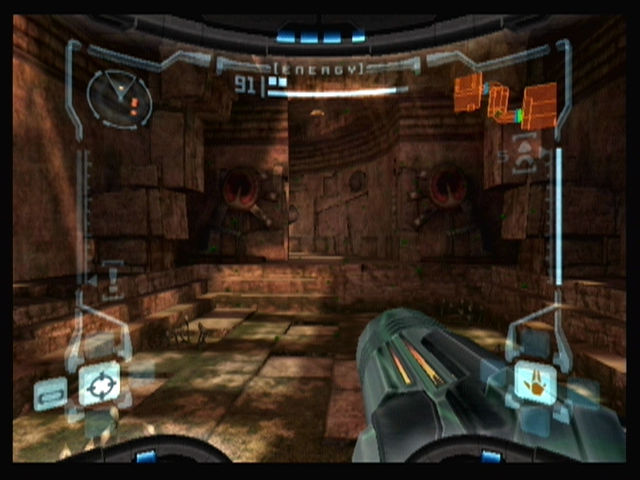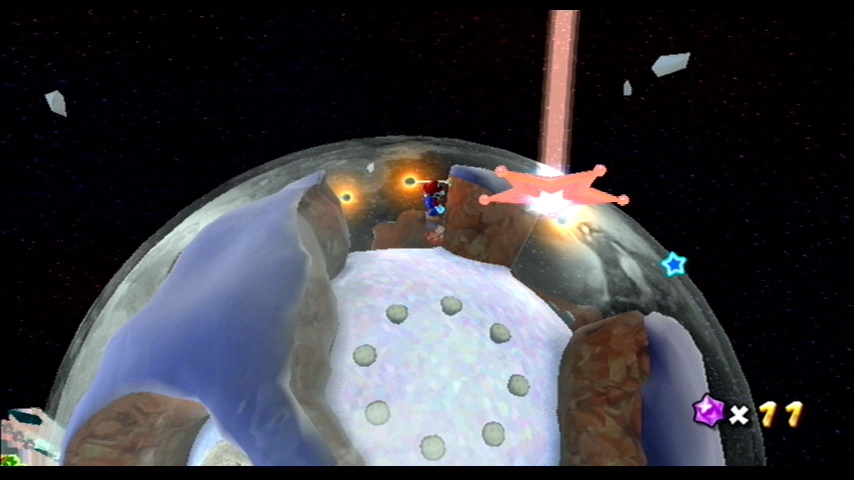
“We scour the Earth web for indie, retro, and niche gaming news so you don’t have to, drebnar!” – your faithful reporter
Sickr at My Nintendo News found a Twitter thread where former Metroid Prime dev Jack Matthews talked about a situation, after the game’s development, where Nintendo told them that there was a “bad batch” of Gamecube processors in the wild that Metroid Prime would work incorrectly on, with glitchy animation. The game pushed the hardware’s memory bandwidth pretty hard, and it was the only game that would reveal the problem. Nintendo’s solution, rather than replace the affected systems, was to get Retro Studios to get the game working properly on the bad chip. Further, Nintendo only had one dev kit that used the bad chip, and in order to get the situation to occur the had to keep it in the freezer! They had to freeze the kit in the break room while burning a disk for it, then run it back into the studio and save the game in as many places as they could in 15 minutes. Then they had to make their fixes and burn the new code while freezing it again. This was to get the game so that it would work with the bad chip as, being in the days before software updating, Nintendo’s “fix” for the problem was to send this new version of the game to disk and send it to affected customers. Seems weird to me, but it makes for a good story!

The news has gone around a bit, but Kyle Orland at Ars Technica tells us that Oculus co-founder Palmer Luckey has created a headset that’s designed to kill the wearer if they fail in the game. It uses explosive charges to detect when the screen shows a certain shade of red used in the Game Over screen to “instantly destroy the brain of the user.” Oh, joy. Luckey says it’s just a piece of office art at the moment, but it has actually been constructed. It seems almost designed to be game news blog fodder, something to keep Oculus talked about while Meta is going through its recent troubles. Anyway, we’re fans of permadeath as a design concept here, but this seems like it might be taking it a bit too far? And how do you even test it? Oh, also, why on earth would anyone even want to create such a horrible thing?
Steven T. Wright at Gamespot talks with someone who taught himself how to to repair old CRT monitors for use in retro game setups. There is considerable demand in repairing these old CRTs, since classic games look and (because they have minimal display lag) play much better on them. Particularly old professional-grade monitors like PVTs, which were quite expensive when they were made, are great for this. Some of his information comes from old personal homepages, another legacy of the oldweb that we’re finding ourselves increasingly obsessed with.
At The Verge, Andrew Webster reviews Digital Eclipse’s new Atari 50 compilation, which he calls “the best attempt at a retro collection I’ve ever experienced.” Digital Eclipse does great work! It’s full of interviews and the context around the games. Sadly games with licenses, which includes the infamous E.T. on the VCS/2600, are not included. Also, later arcade games that were made after Atari was split into home electronics and arcade companies are not included, so anything in arcades from Marble Madness on won’t be in there, which is a huge shame.

And, also from Gamespot, Grace Benfell talks about how Super Mario Galaxy’s setting and melancholy air brings a depth almost completely lacking in other games in the series. It’s a nice and meditative piece.
